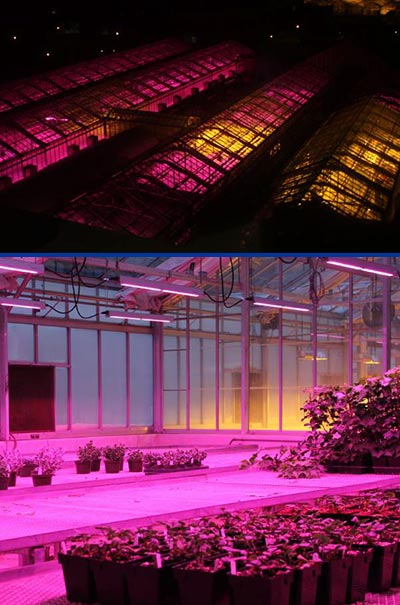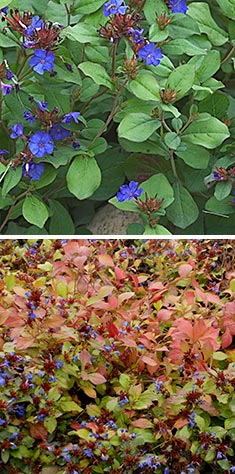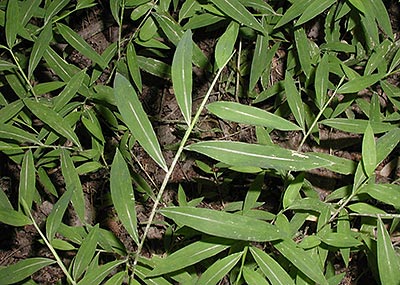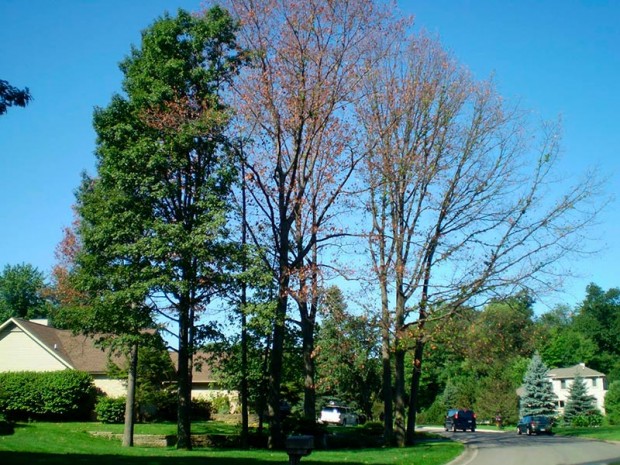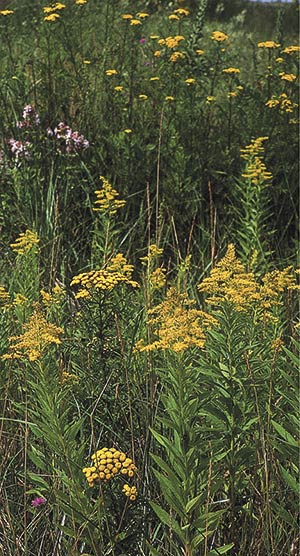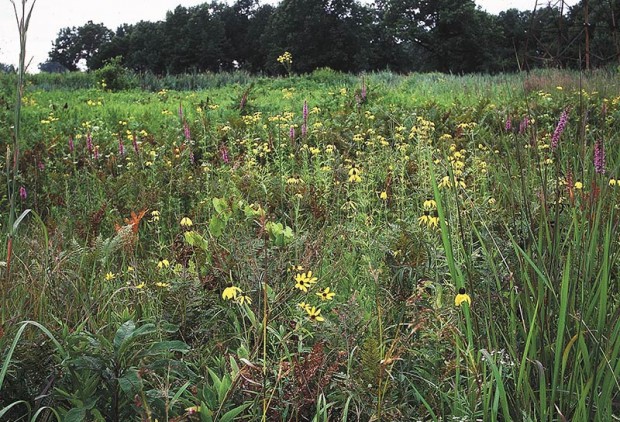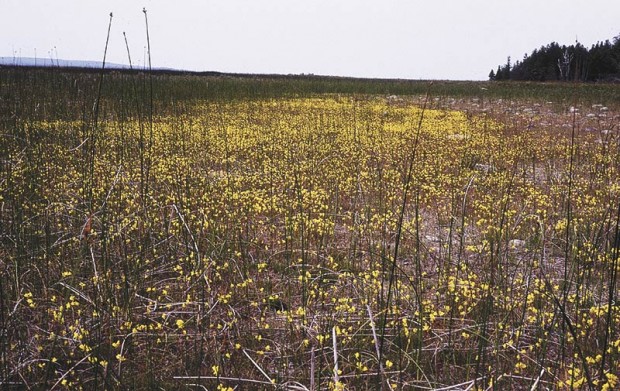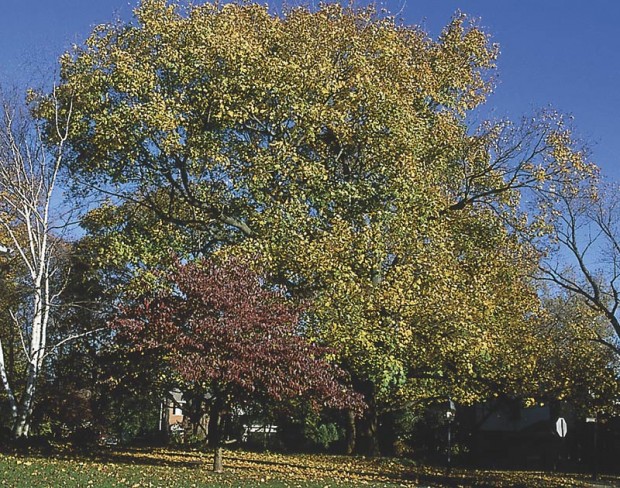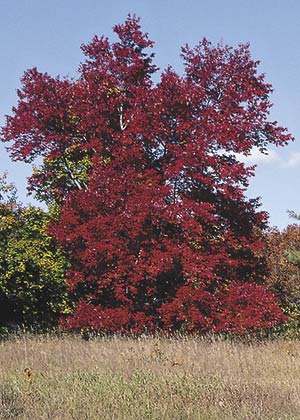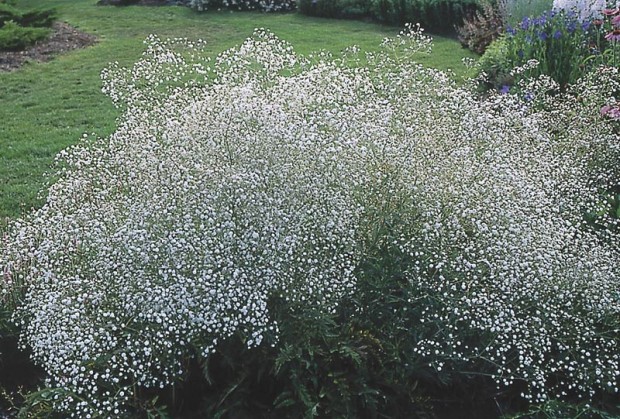Three leading Dutch organizations have been collaborating with the aim of making tulip breeding and production faster and more sustainable. Using the latest technologies, it is now possible to identify the DNA sequence of the common garden tulip genome (Tulipa gesneriana), one of the biggest genomes ever sequenced. Its size is estimated to be nearly 11 times larger than that of humans.
The tulip genome reveals how the DNA determines the characteristics of a tulip. DNA patterns that are linked to desirable characteristics will soon be used in advanced breeding so that these characteristics can be combined to give new, improved varieties. With this knowledge, new tulip varieties that are resistant to common diseases can be developed faster and in a more targeted way. This will also reduce the use of plant protection products.
Hans van den Heuvel, Director Research & Development at Dümmen Orange, says: “The tulip genome makes the human genome look tiny: the entire human genome fits into one tulip chromosome. With the technology that was available at the turn of the century, this job would have taken over 100 years—an impossible task. But now we can do it in a matter of days. Data analysis is in full swing and there is no doubt that it will produce information that will transform tulip breeding, making it faster, more predictive, and above all ‘greener’ because we will focus on varieties that can be grown sustainably.”

